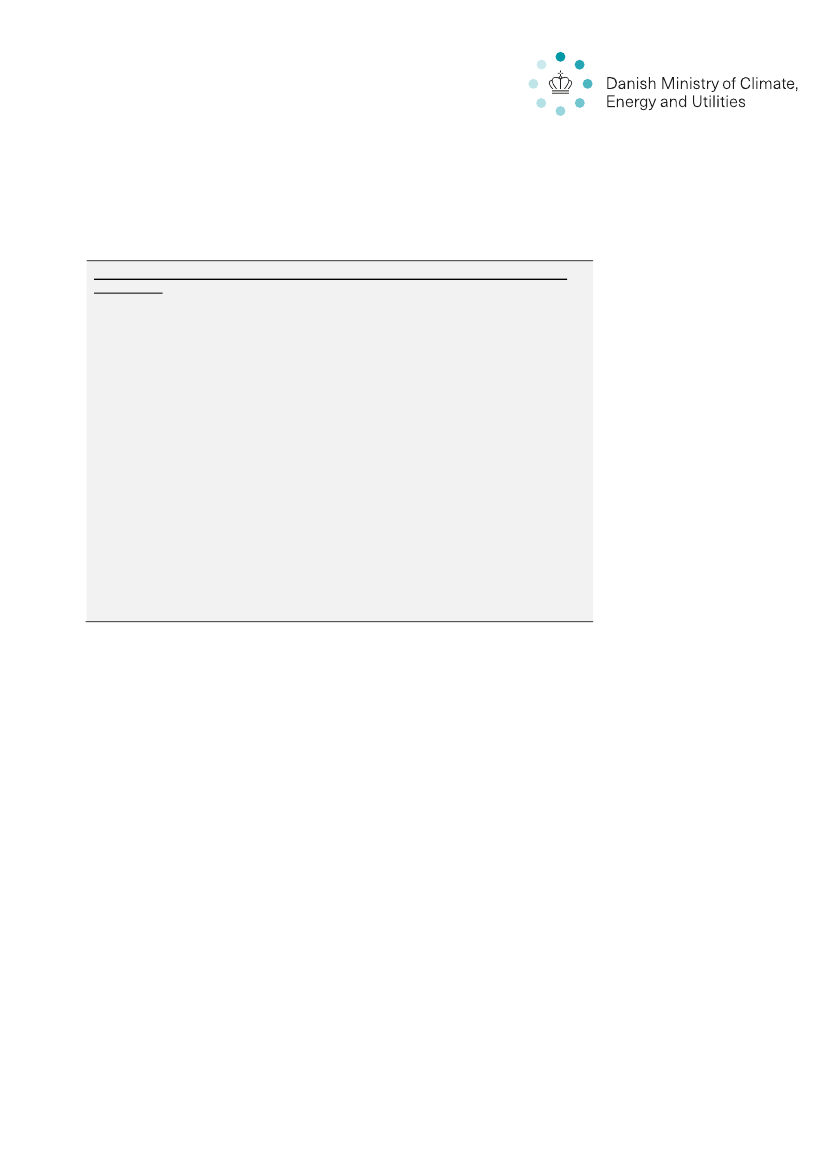
The Danish Government’s response to the European Commission’s public
consultation on legislation to measure and mitigate methane emissions in the
energy sector
The Danish
Government’s key priorities for the EU strategy to reduce methane emissions in the
energy sector
A uniform, industry wide approach to measurement, reporting and verification (MRV) of all en-
ergy-related methane emissions.
Obligations to improve the potential of leak detection and repair of leaks (LDAR) in fossil gas
infrastructure and oil and gas process facilities.
Restrictions of flaring and venting activities along with efficiency standards for flaring.
Mitigating methane emissions from biogas facilities by breaking down the RED default me-
thane leakage values by source of emissions.
An alignment of future EU regulation for reducing methane emissions with the revision of the
EU ETS
–
to ensure ambitious and cost-effective reductions across Member States without
incurring unreasonable implementation costs to the operators already covered by the EU
ETS.
Strengthening of the international cooperation and knowledge sharing on decreasing me-
thane emissions on a global scale.
The Danish Government welcomes the EU strategy to reduce methane emissions
and the current proposal for developing EU legislation to prevent methane leakage
in the energy sector. The Commission’s priorities are consistent with the Danish
Government’s agenda on climate and energy.
The Danish Government supports ambitious and cost effective climate action within
the EU and finds it important to ensure that the most cost effective actions to re-
duce emissions of greenhouse gasses will be of first priority. This also goes for the
specific efforts to reduce methane emissions.
Denmark supports the specific objectives of the policy proposal to reduce methane
emissions,
i)
to improve the availability and accuracy of information on the specific
sources of methane emissions associated with energy consumed in the
EU, and
ii)
to put in place EU measures to mitigate those emissions across differ-
ent segments of the energy supply chain to support the enhanced 2030
climate target of at least 55 pct. and climate neutrality by 2050 at the
latest.
Page 1/6